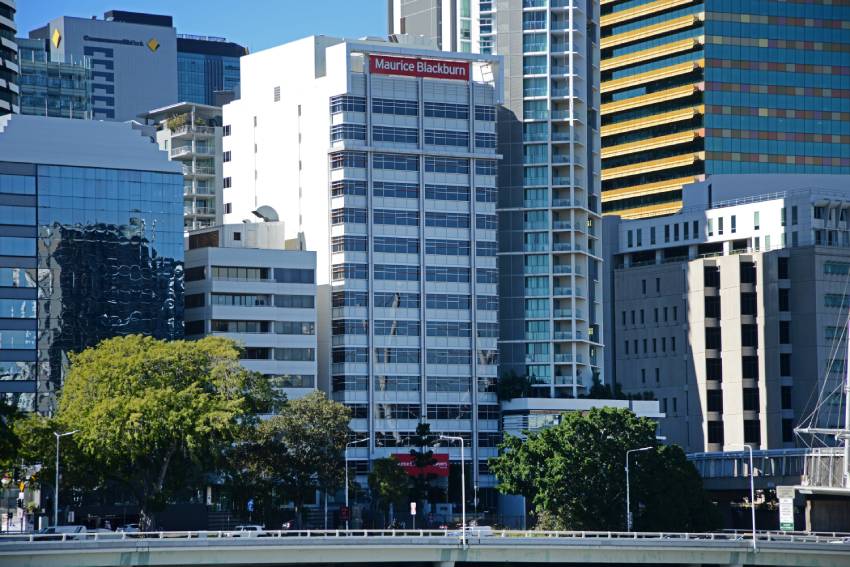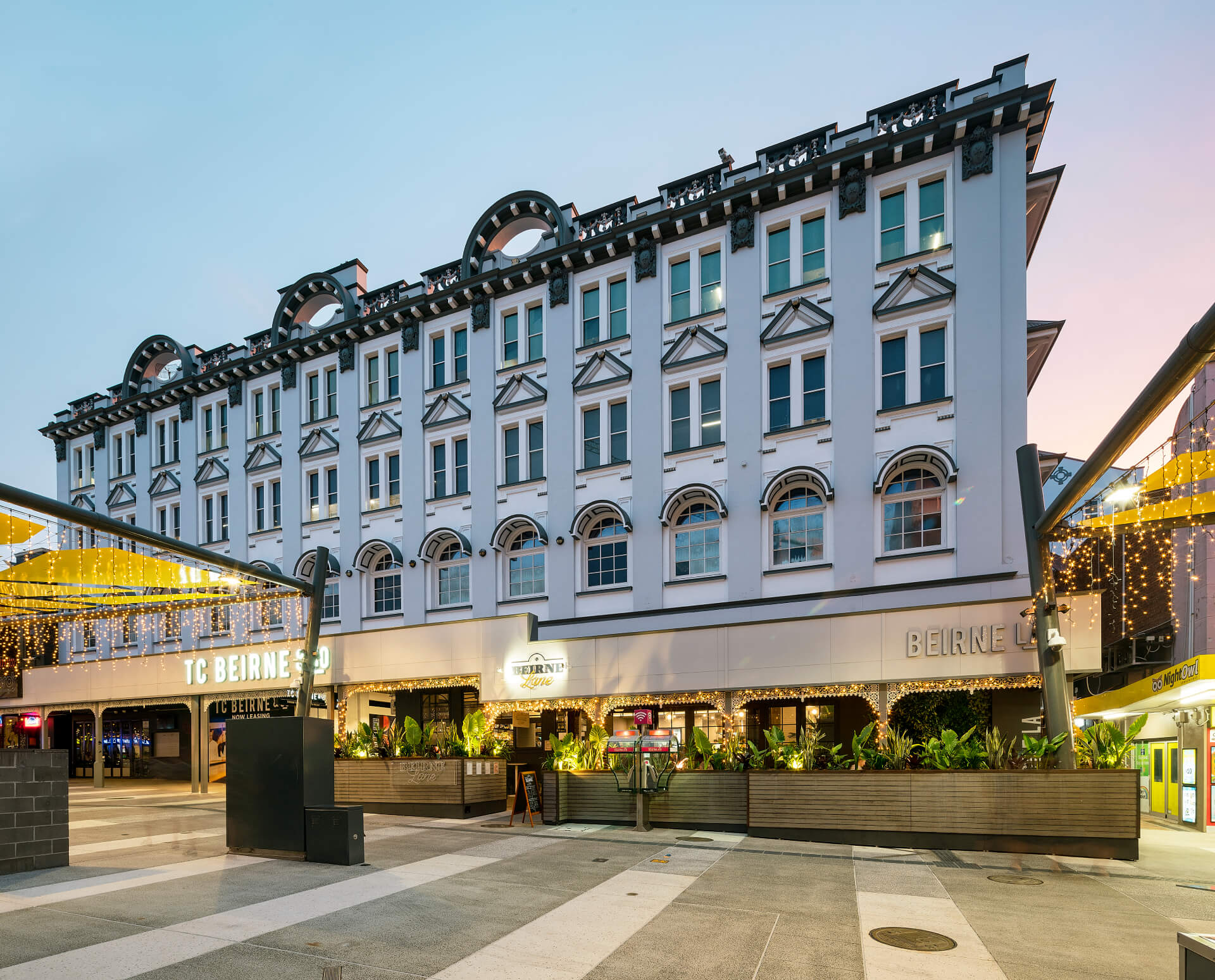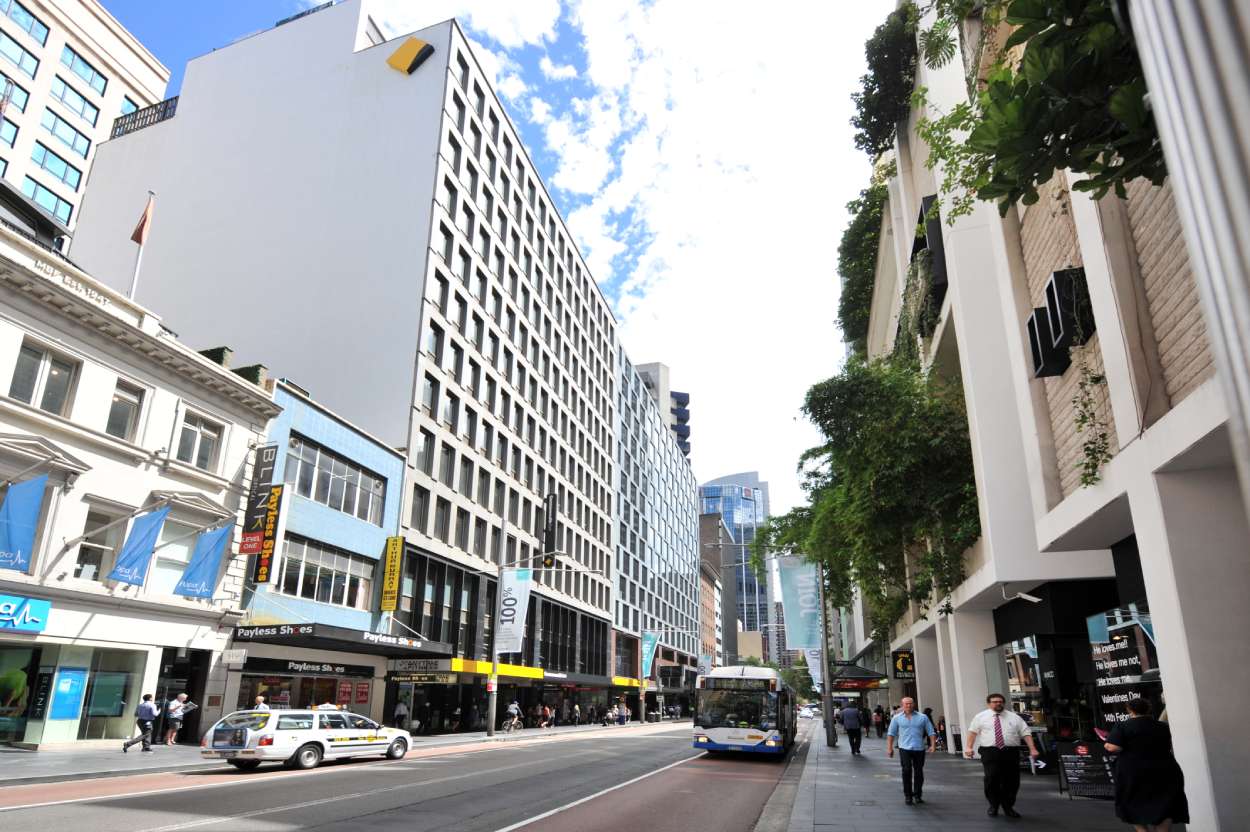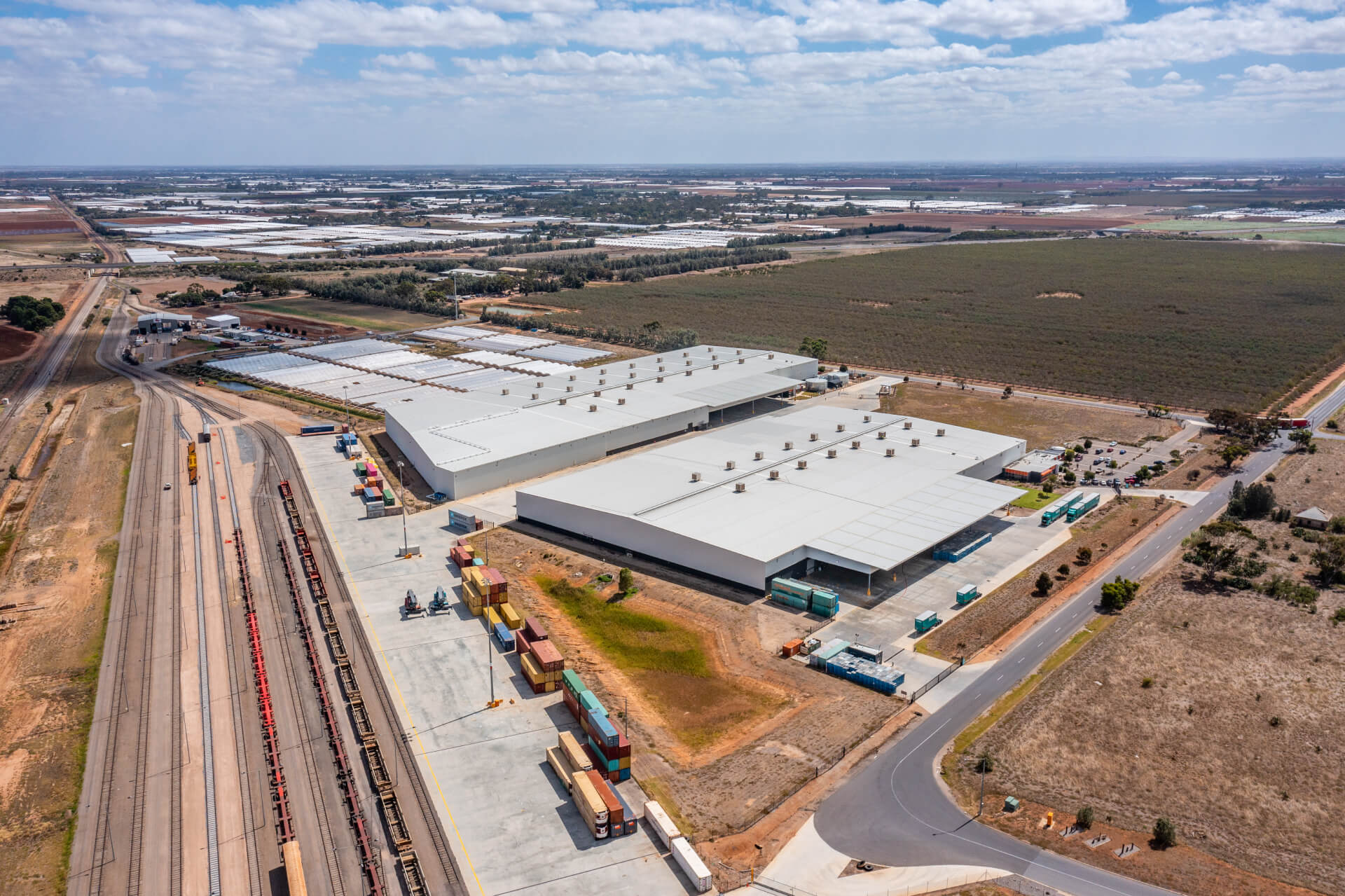AM ALPHA has been active in the Australian real estate market for over a decade. With strategic investments and a flair for lucrative locations, AM ALPHA has established itself as a respected industry player in Downunder. It has shown more than once how strategic investments and skilful management can create long-term value in real estate, be it in the up-and-coming districts of Brisbane, in the vibrant centre of Sydney or the logistics sector in Adelaide.
179 North Quay, Brisbane

For example, AM ALPHA acquired the 179 North Quay office tower in Brisbane's Central Business District (CBD) in late 2018. The building offers stunning views of the Brisbane River and its southern shore. It is located in the so-called "legal precinct", a submarket dominated by courthouses and law firms, which is currently being massively upgraded by a multi-billion infrastructure programme.
"When we took over 179 North Quay, it was already clear to us that there was great potential here to increase the value of the building enormously through quality improvements and thus also to significantly increase the letting rate," explains Martin Lemke, Managing Director at AM ALPHA. These measures have all been implemented in the meantime, and the property has been successfully repositioned on the market. "In addition, there would even be the possibility of constructing an almost 280-metre-high tower on the property,” Lemke continues, “which would quadruple the existing building height again.”
Chew Yong Chong, Head of Asia at AM ALPHA, also confirms: “Queensland’s economic development is convincing as an attractive investment destination. Brisbane in particular is increasingly developing into a true centre for technology and biotechnology in Australia."
TC Beirne, Brisbane

The listed commercial and office building, TC Beirne, was built in 1902 as a department store. Carefully and sensitively restored, it is now an architectural eye-catcher in the heart of the dynamic Fortitude Valley. In recent years, it has increasingly developed into an up-and-coming tech centre and attracts numerous innovative companies and start-ups.
TC Beirne also benefits from this: the state of Queensland's main tenant with "The Precinct", an innovation hub and start-up incubator that supports and advises young companies on site. Martin Lemke: "With an occupancy rate of more than 95 per cent, Fortitude Valley is Brisbane's second largest office property market - so our TC Beirne property is right in the middle of this sought-after environment and a rental magnet for start-ups as well as established companies."
309 George Street in Sydney

In Sydney, AM ALPHA acquired a 15-storey retail and commercial building in the vibrant Central Business District in 2011. Following the purchase and relocation of the main tenant, the impressive transformation of the existing building took place through a three-year, extensive, complete refurbishment. All rooms were completely refurbished, the services on each floor were improved, the lobby was renewed, and the air conditioning of the building was modernised. A highlight "on top" is literally the new roof terrace, which serves as a place for the tenants to relax and get together.
With an investment of around A$ 5.6 million, 309 George Street became a completely new, absolutely competitive property that was profitably repositioned by AM ALPHA and sold with a significant increase in value in 2015.
Treasury Wine Estates National Distribution Centre in Adelaide

AM ALPHA also invested successfully in the logistics sector in Australia: The Treasury Wine Estates National Distribution Centre in Penfield, on the northern outskirts of Adelaide, has been in operation since 2014. In 2018, it was expanded and extended for around A$30 million. Today, the logistics property comprises two buildings with a total of 45,000 square metres of space and is leased long-term until 2030 to the listed company Treasury Wine Estates.
In particular, the location speaks in favour of the logistics centre: it has a direct connection to the SCT Penfield freight station as well as the Port of Adelaide, from which other ports throughout the country are served, including Melbourne, Perth and Darwin. "High-quality logistics properties with solid leases close to key transport infrastructure are in very short supply in Australia. Therefore, they will always be in high demand," says Martin Lemke. "We acquired the Adelaide 2021 Logistics Centre in an off-market transaction with great foresight at a time when institutional capital was predominantly focused on logistics locations on Australia's east coast. With this well-timed sale in 2022, we achieved attractive returns and value early on and gave our investment partners the financial flexibility to invest with us in other exciting real estate projects in Australia.
The journey continues
From Adelaide to Brisbane to Sydney – AM ALPHA impressively proves how to recognise and leverage potential and thus sustainably place valuable properties in the Australian market. Due to the promising developments in technology, a growing demand for commercial real estate, and an overall stable economic situation, AM ALPHA's journey in Downunder is certainly far from over.

